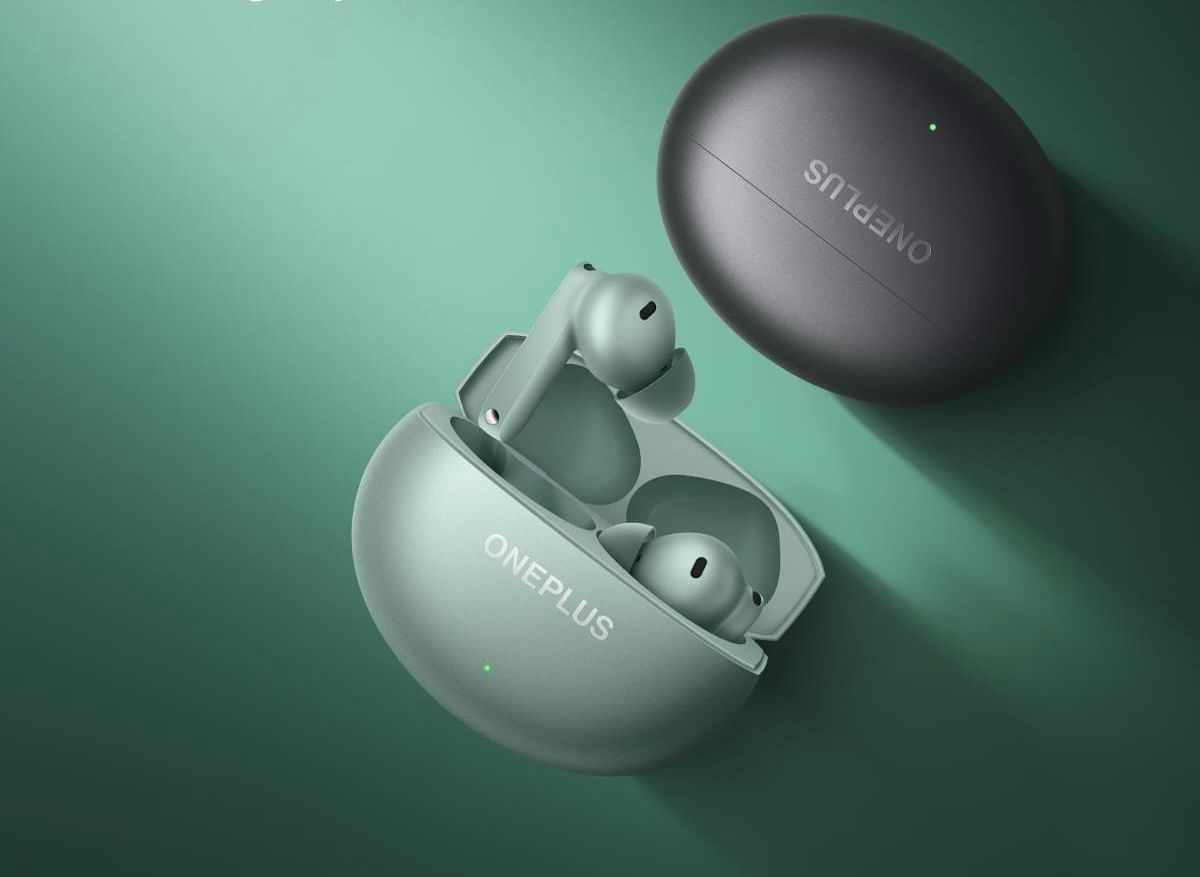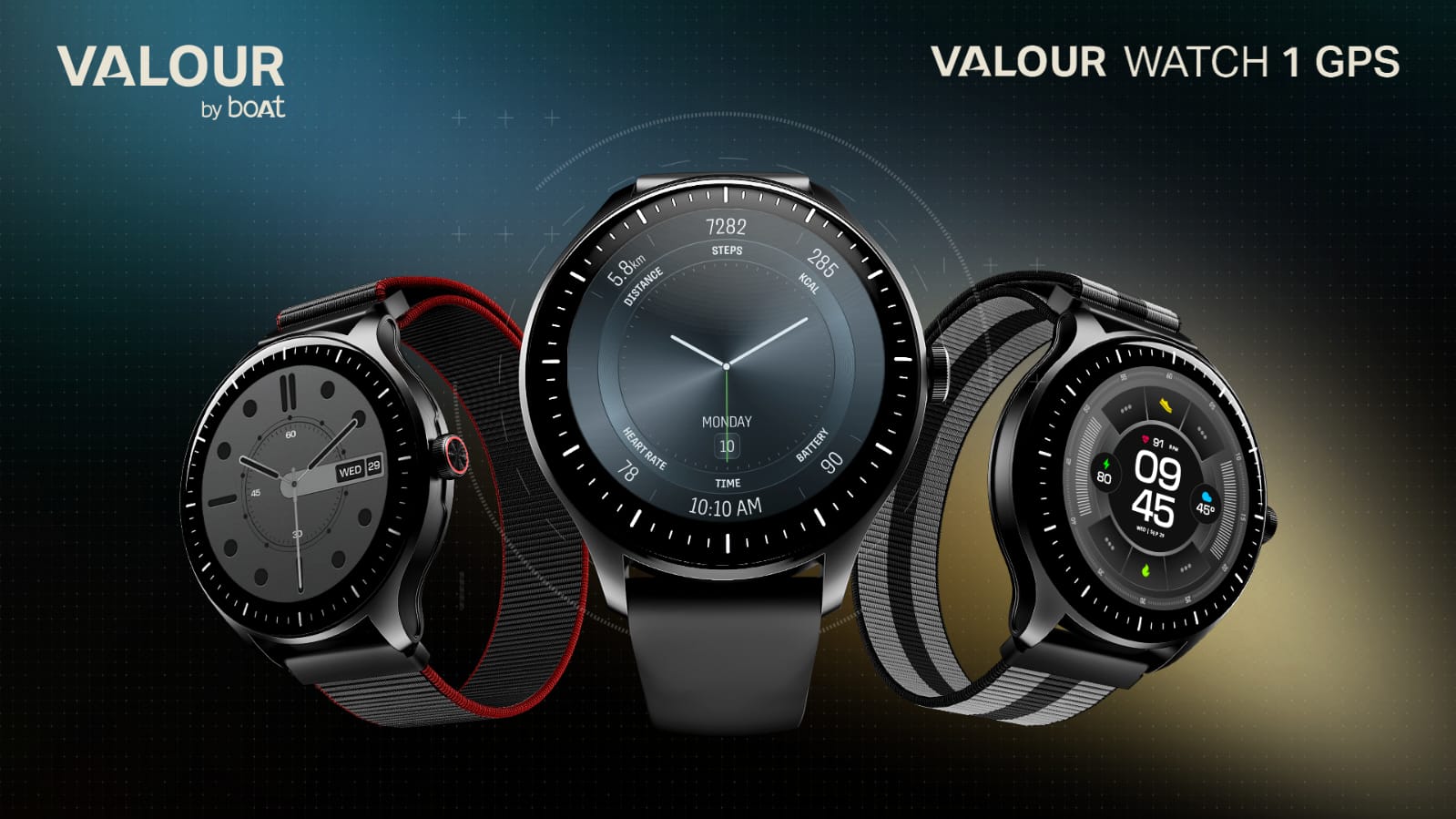Whenever DJI puts out a new drone it lands in these pages, because whenever DJI put out a new drone…
Read MoreNUO VACUUM CLEANER – Review
Powered by advanced home-mapping technology and an impressive 5000 Pa hypersuction power, this device ensures a spotless living space with…
Read More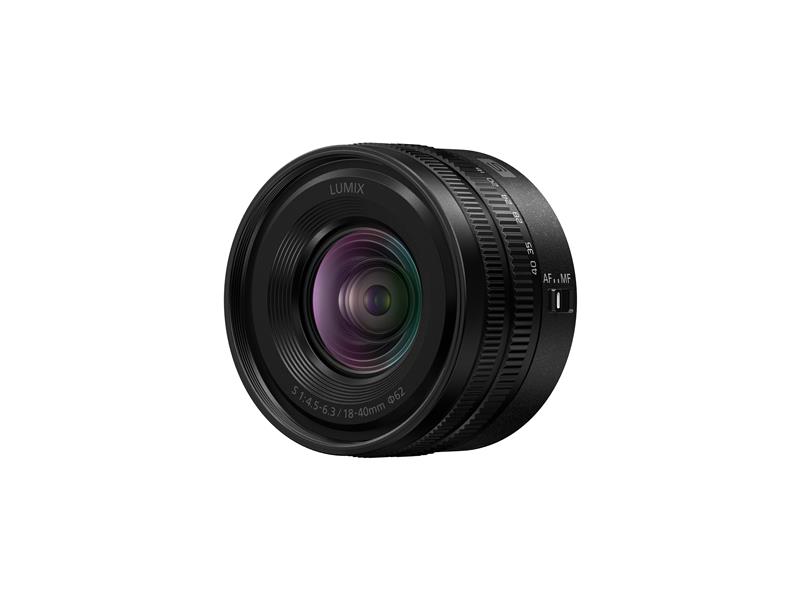
Panasonic launches LUMIX S 18-40mm F/4.5-6.3 (S-R1840)
Panasonic Life Solutions India introduced the LUMIX S 18-40mm F/4.5-6.3 lens (S-R1840), an addition to its acclaimed LUMIX S Series…
Read MoreSophos: 39% Indian firms can withstand ransomware
Sophos, has released the India findings for its Cybersecurity Playbook for Partners in Asia Pacific and Japan research conducted by…
Read More
AutoVRse secures $2M in Funding Led by Lumikai to Scale its Enterprise VR Training and Gaming Solutions
AutoVRse, announced the successful closure of a $2 million funding round led by Lumikai. This marks a significant milestone in…
Read More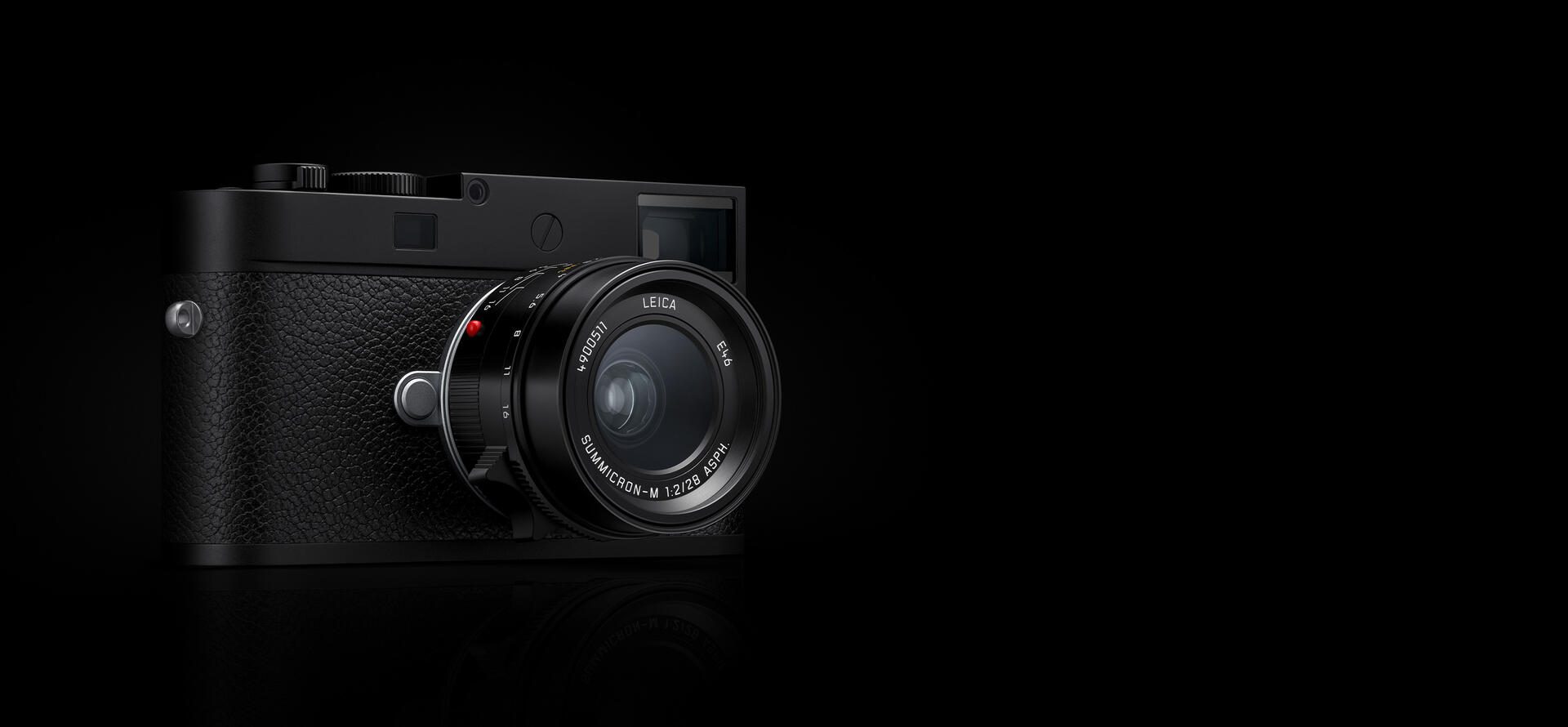
Leica M11-P hits markets
The Leica M11-P is a special version of the company’s flagship M11 rangefinder. The highlight is the “P” a unique…
Read More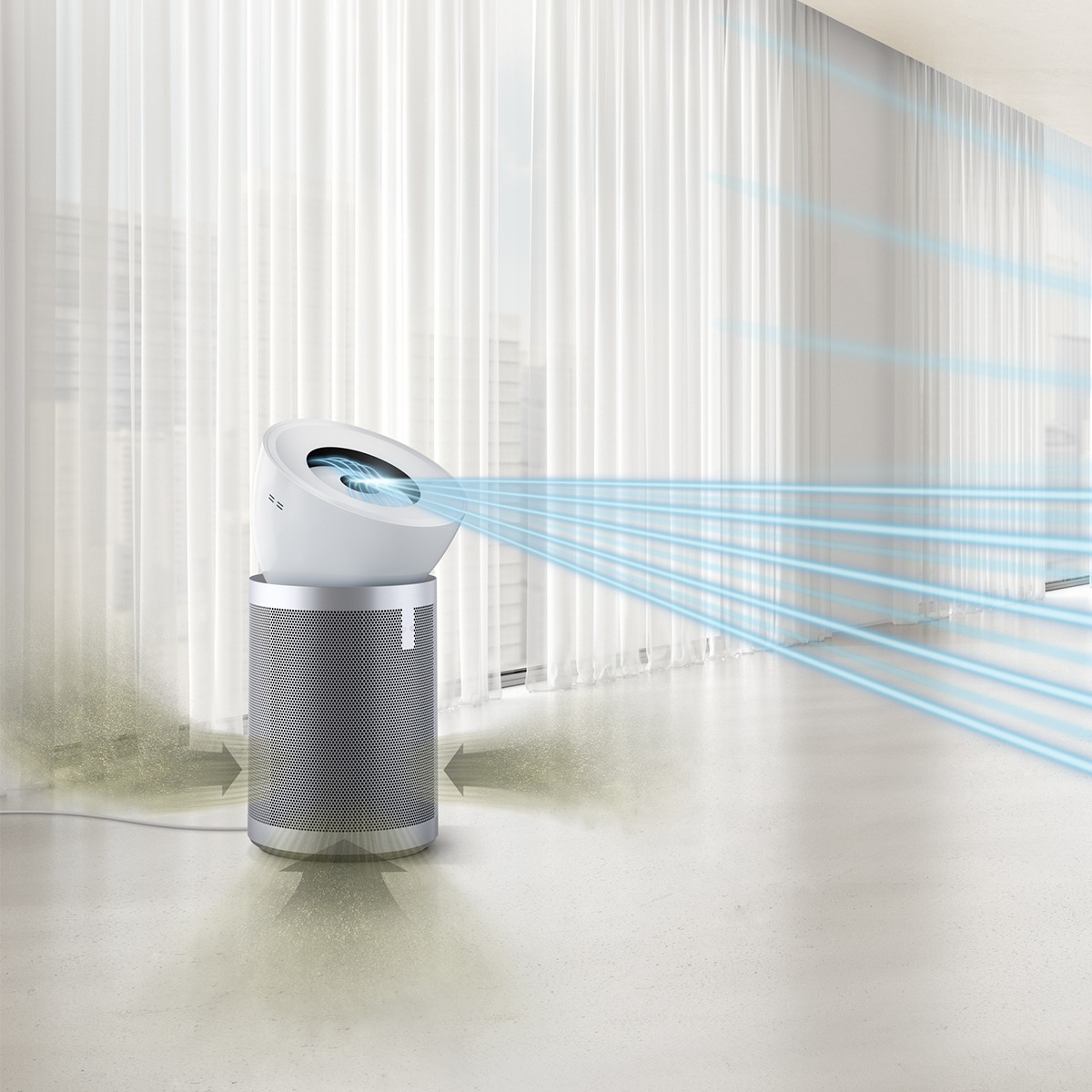
Dyson Purifier Big+Quiet hit markets
Dyson unveils its latest air purification technology, designed to purify the air in spaces as large as 1000 sq.ft. Controlling…
Read MoreThe rise and rise of the ‘Cinewhoops’
Breaking the barriers of aerial cinematography with tiny drones A tiny drone flies through a neighbourhood in Los Angeles, zips…
Read MoreSpecial Feature: Quad Up!
Here at T3, we know you’re as savvy as us but despite an exciting space, drones are often restricted to…
Read More

